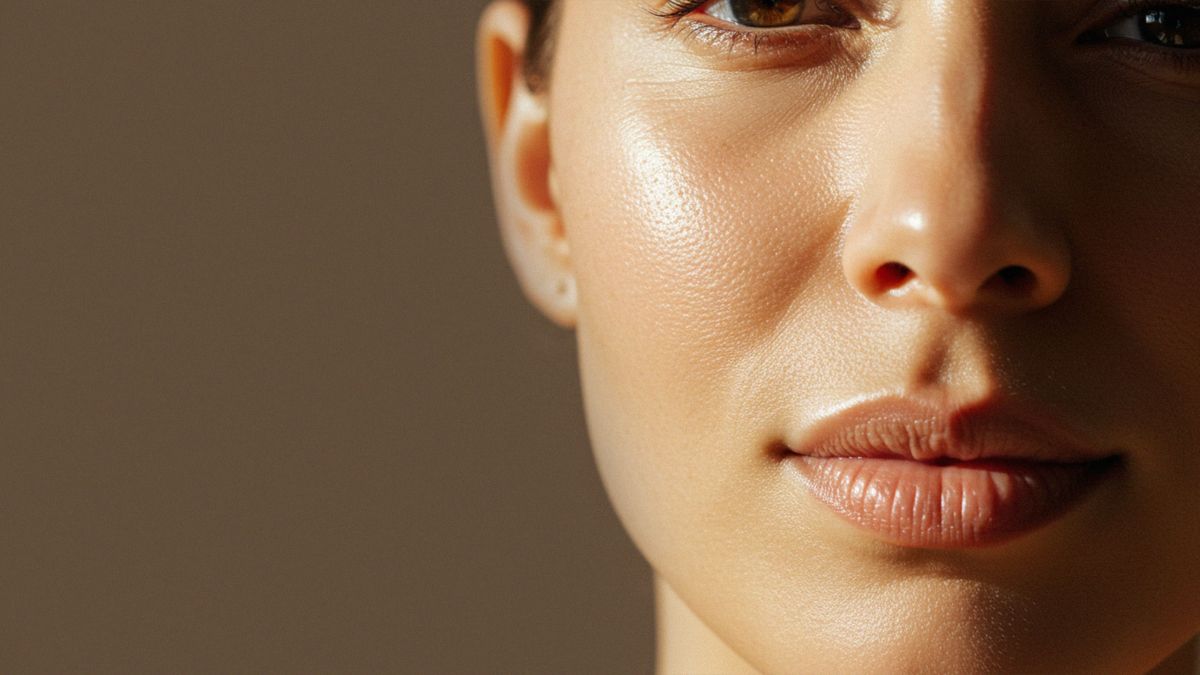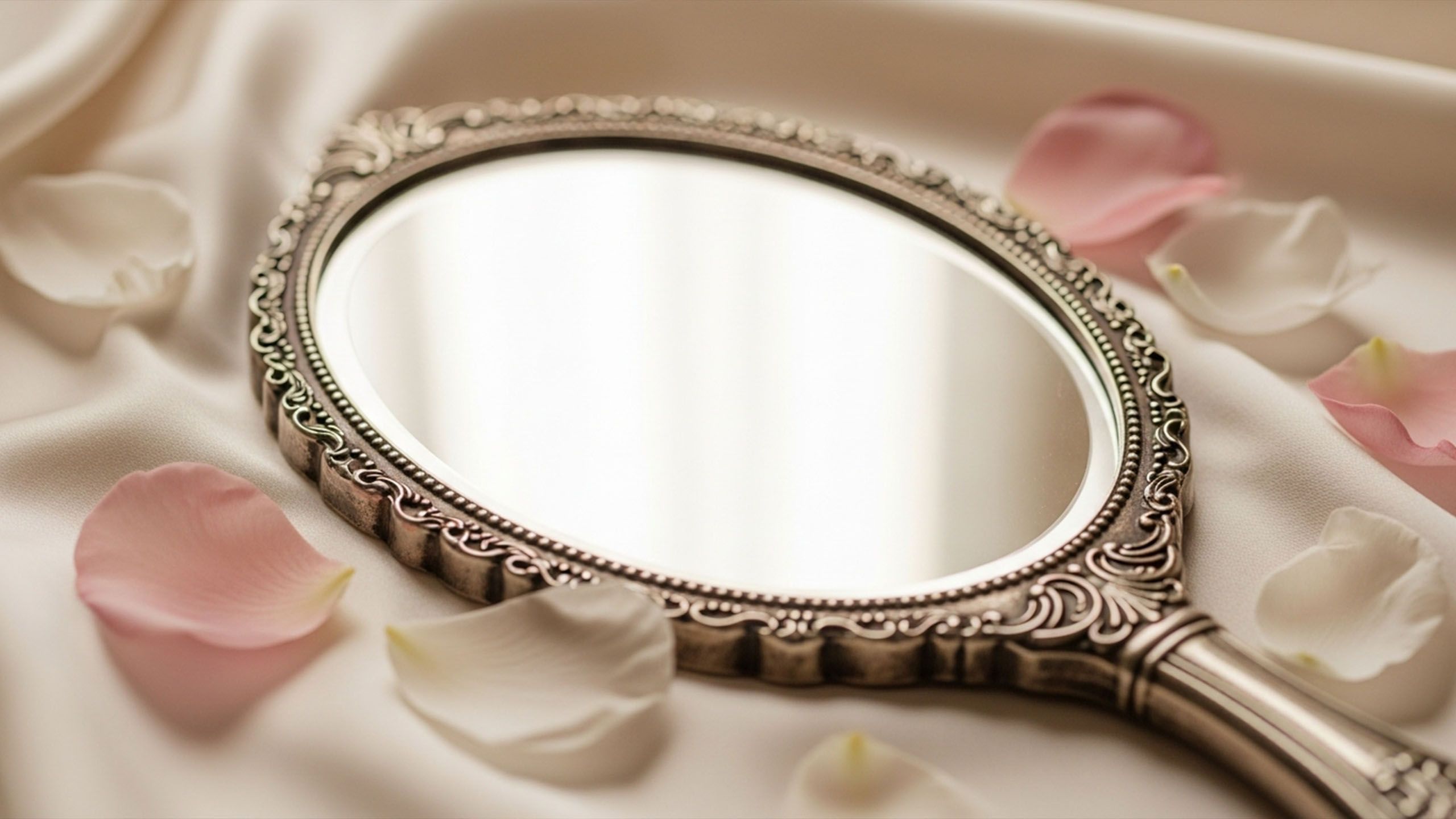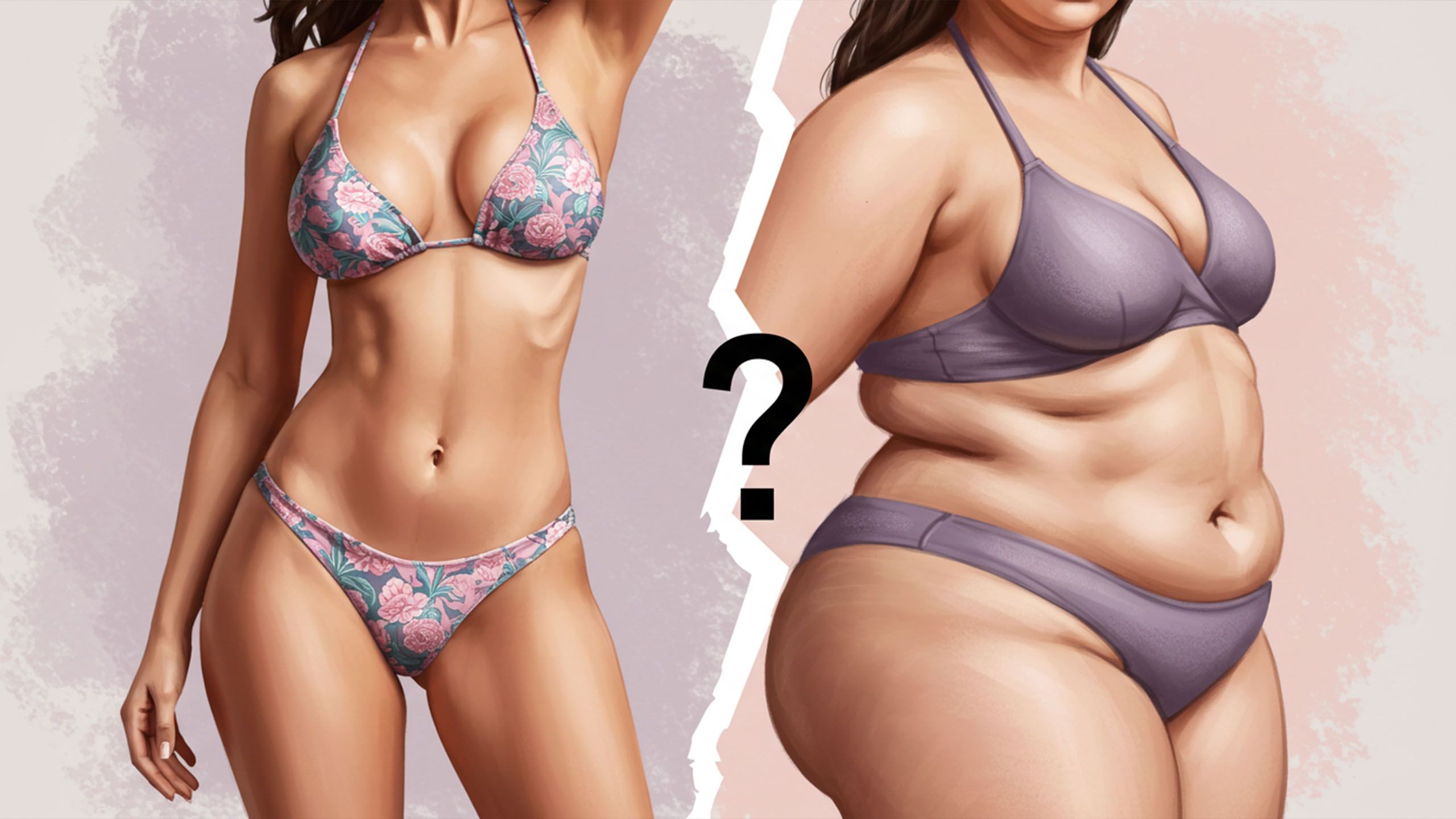The Future of Intimate Beauty Standards

Understanding Change with Clarity and Compassion
For most of modern history, intimate beauty standards have quietly mirrored broader social ideals—shaped by culture, fashion, technology, and a shifting sense of body awareness. What was once private has become more visible through the digital age, where aesthetics, health, and personal comfort intersect in unprecedented ways.
As men and women grow increasingly open about body image and self-care, the question is no longer whether intimate beauty norms will change, but how.
A Quiet Revolution in Self-Perception
Across the last two decades, the conversation surrounding intimate aesthetics has expanded beyond surgical interventions and into wellness, self-acceptance, and comfort. While cosmetic procedures such as labiaplasty and genital lightening once dominated the discussion, today’s landscape is far broader. Many women seek balance rather than perfection—interested in comfort during movement, confidence in intimate moments, and the natural variations that make every body unique.
Men, too, are entering the conversation. Subtle grooming choices, skin tone maintenance, and even non-invasive cosmetic adjustments are becoming normalized. It reflects a broader shift toward personal choice rather than conformity, and an understanding that self-care does not have to carry vanity’s stigma.
The Influence of Technology and Transparency
Technology has always played a quiet but powerful role in shaping beauty ideals. With social media and visual platforms, the once-private realm of intimate aesthetics has become subject to greater scrutiny—but also to greater transparency.
The next phase of this evolution is predicted to lean toward education and realism. AI-generated models, for instance, have sparked debate about what constitutes “real” beauty. Yet, they also present opportunities for education—offering simulations that teach anatomy, hygiene, and comfort options without stigma or shame.
Search trends suggest a move toward authenticity. Queries related to “natural variation,” “normal appearance,” and “comfort-based care” have risen steadily. The market is responding with brands emphasizing gentle products, organic formulations, and medically-informed design rather than exaggeration or aesthetic idealism.
Shifting Standards and the Role of Health
One of the most reassuring signs of progress is the merging of health and aesthetics. What once felt purely cosmetic is now seen through the lens of function, comfort, and self-confidence. Women increasingly consult healthcare professionals to understand their anatomy rather than alter it, while men are turning to clinicians to address discomfort or personal concerns without embarrassment.
Clinicians note that discussions have become more open and precise. Where older generations might have lacked the language or confidence to describe their needs, younger adults and midlife patients alike are asking informed questions. This indicates a positive normalization—where beauty, health, and anatomy can coexist without contradiction.
The Market’s Subtle Recalibration
The intimate care industry, once a niche market, now stands as one of the fastest-growing personal care sectors worldwide. Yet, its evolution is nuanced. Future trends point toward inclusivity of experience rather than appearance.
Forecasts from 2025–2030 suggest several clear directions:
-
Comfort-Based Design: Products tailored to temperature regulation, movement, and sensitivity, rather than visual outcomes.
-
Evidence-Led Skincare: Gentle formulas grounded in dermatological and gynecological testing, replacing marketing claims with medical credibility.
-
Digital Consultation Platforms: Discreet access to verified experts who can address aesthetic and health questions without stigma.
-
Body Literacy Education: Digital resources teaching anatomy and normal variation in a respectful, accurate way.
| Trend Focus | Key Description |
|---|---|
| Comfort-Based Design | Products focused on movement, temperature, and natural feel rather than appearance. |
| Evidence-Led Skincare | Formulations supported by clinical testing and medical data. |
| Digital Consultations | Private online guidance from verified experts in intimate health and aesthetics. |
| Body Literacy Education | Resources helping men and women understand natural variation without stigma. |
These developments suggest that the next frontier of intimate beauty will not be about correction—it will be about comprehension.
Beyond Trends: A More Grounded Future
Beauty standards, even at their most intimate, are reflections of broader cultural health. As societies mature, the focus tends to shift away from competition and toward comfort, authenticity, and balance. The quiet hope among clinicians and cultural observers alike is that this maturity continues—that intimate beauty becomes a language of self-understanding rather than pressure.
In practical terms, this means fewer unrealistic expectations and more thoughtful choices. It means acknowledging that men and women will continue to care about their appearance, but in ways that align with physical wellbeing and personal identity rather than media-defined perfection.
Closing Reflection
The future of intimate beauty standards may not be revolutionary, but it will likely be more humane. As understanding grows, as transparency replaces taboo, and as comfort outweighs conformity, beauty becomes something quieter—less about being seen, and more about feeling right within one’s own body.
The coming years promise a steadier, more balanced landscape. One in which care replaces criticism, knowledge replaces comparison, and both men and women can approach their most private concerns with openness, reassurance, and respect.
Q&A: Understanding the Future of Intimate Beauty
Are intimate beauty standards becoming less rigid?
Yes. The modern trend emphasizes comfort, education, and natural variation rather than perfection. More men and women are viewing self-care as a form of confidence rather than conformity.
Why are discussions around intimate aesthetics more open now?
Increased access to reliable information and more transparent healthcare conversations have reduced stigma. Digital media and expert education are helping normalize previously private topics.
Do these trends affect both men and women?
Absolutely. While motivations may differ, both men and women are redefining what comfort, confidence, and care mean in their intimate lives—often with a focus on health and self-awareness.
What role does technology play in changing perceptions?
Technology has introduced new tools for education and self-assessment, making accurate, respectful information more accessible. AI simulations and teleconsultations encourage informed, stigma-free understanding.
How will the next decade shape intimate beauty?
The coming years will likely focus on evidence-based care, comfort-centered design, and a realistic appreciation of natural differences. The goal is not to erase individuality, but to better understand it.
Disclaimer: The articles and information provided by the Vagina Institute are for informational and educational purposes only. This content is not intended to be a substitute for professional medical advice, diagnosis, or treatment. Always seek the advice of your physician or another qualified health provider with any questions you may have regarding a medical condition.


 English
English  Deutsch
Deutsch  Español
Español  Français
Français 



